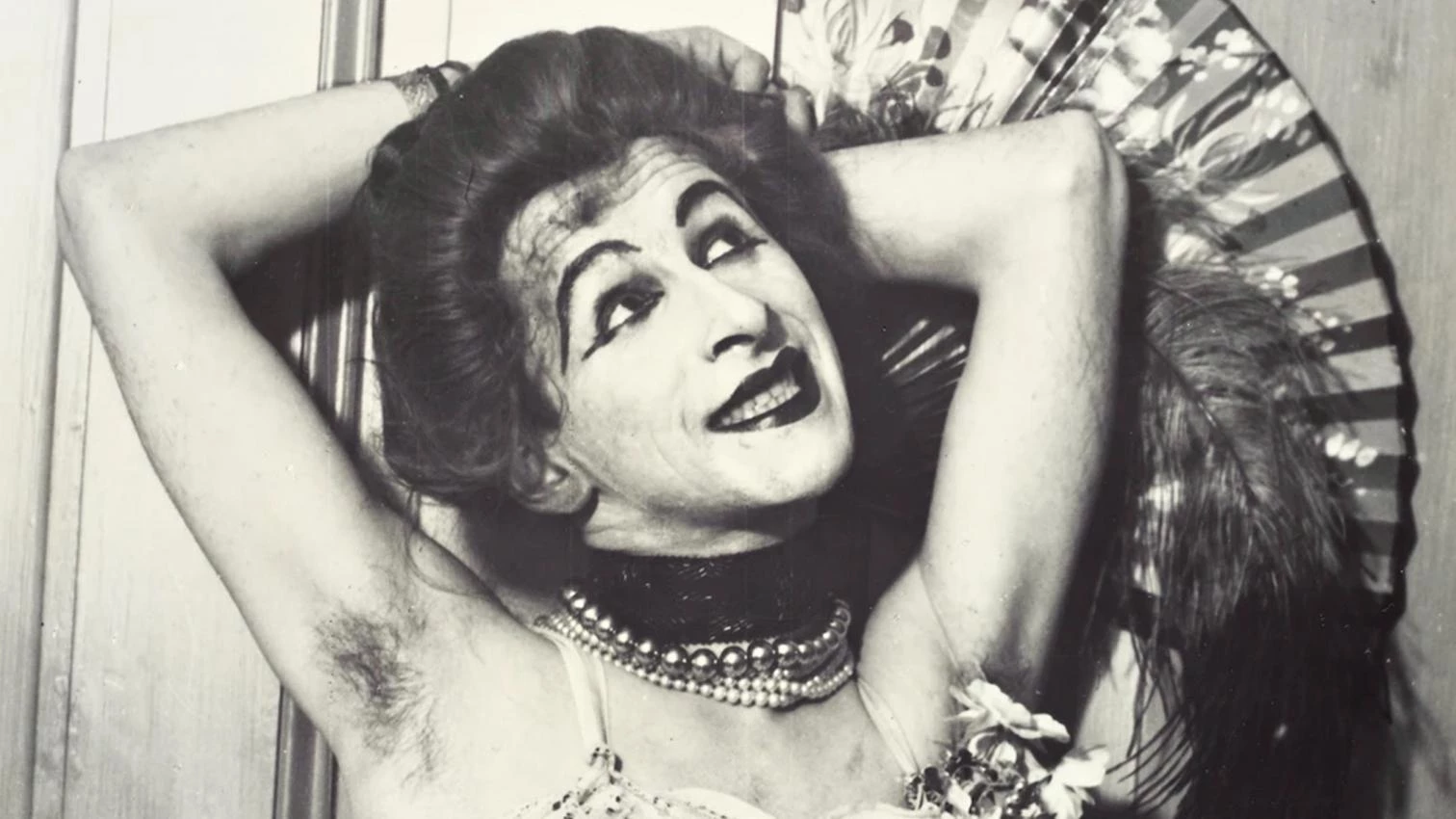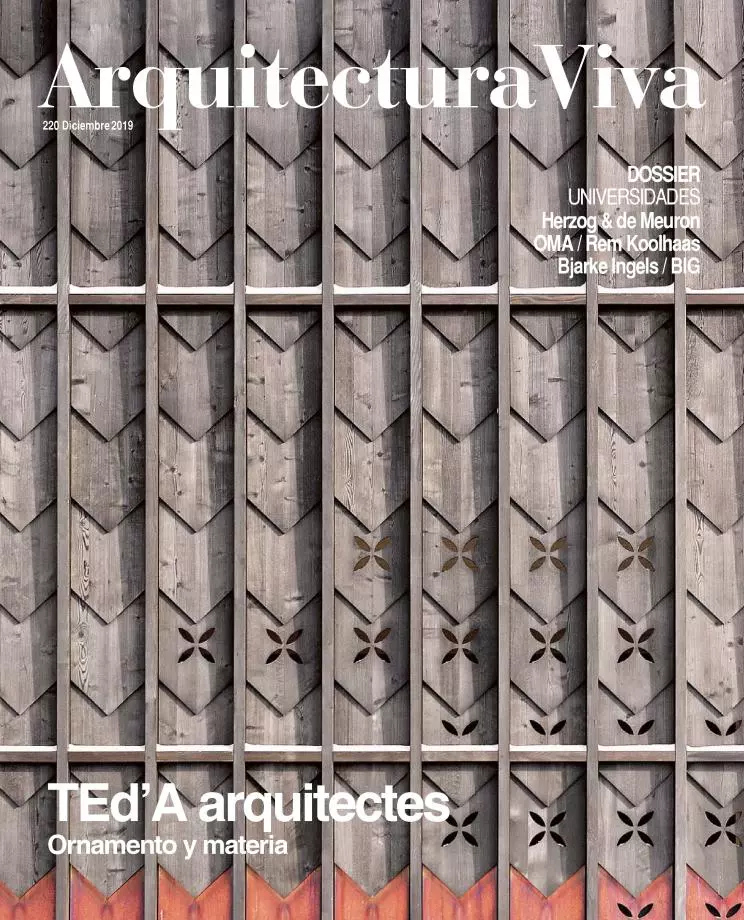
Spirituality, gender fluidity, queer identities, and the political stance of instructors and students may seem minor when it comes to assessing the legacy of the Bauhaus. Do designs, artworks, and buildings cover it all? Elizabeth Otto’s answer is a categorical no, and to explain this she points out unusual facets of the Bauhäusler’s personalities, offering archive evidences besides an exhaustive analysis of the literature on the Bauhaus, including publications from this very year of the school’s centenary.
For example, there were masters and disciples who engaged in spiritual inquiries and incorporated them into their works, even after 1923, when the school increased emphasis on technological aspects. Another facet Otto throws light on is the entrepreneurship of Bauhaus women who, with their contracts and by controlling production of workshop designs, much contributed to the school’s funding. She also addresses a substantial number of queer Bauhäusler, with a varied cultural production in accordance with their sexual identities. Finally, the volatility of the prevailing political ideology is also thoroughly analyzed. The activism of communist teachers, students, and alumnae strikes a contrast with that of the more conservative members of the school, illustrating the complexity of an institution challenged by very diverse political circumstances during a span of only fourteen years.
With a wealth of unknown photographs, Elizabeth Otto brings to the center of the discourse heretofore set aside contributions.






